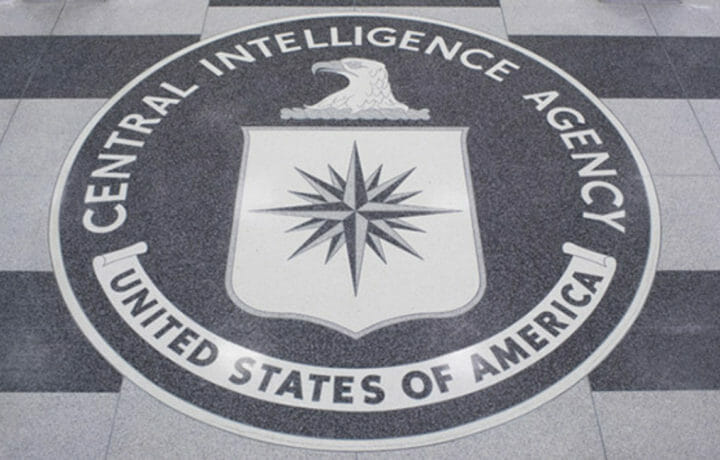Between inflation and a crazy real estate market, cost of living in the D.C. metro area has taken off. And with other heavy-hitters setting up shop in the D.C. metro area it can be hard for agencies, like the CIA to compete. Although the Intelligence Community (IC) compensation typically ranks higher every year on the annual ClearanceJobs Compensation Report, is it enough to keep pace with well-known contractors?
With companies like Amazon and Boeing setting up headquarters in Northern Virginia, the real estate market only gets more competitive. An added benefit and struggle is that the D.C. metro area tends to be transitory. Between political and military turnover, housing swaps hands routinely in and around the beltway. While that can keep housing inventory hopping, it also means that compensation demands keep rising in the area to keep pace. But while large companies can meet compensation expectations, the federal government often struggles to keep pace.
While many companies can bring in new talent in cheaper areas, places like the CIA and other federal agencies are a little more limited on hiring locations. That means, they either pay younger talent more or that younger talent will continue to find jobs outside the federal government. With compensation already struggling to keep pace with the current housing market, the CIA will need to do more to avoid a future recruiting problem.
Contract Opportunities to Watch
Amazon Web Services (AWS)
Last month, while all eyes were on which contractors were getting awards for Ukraine work, the NSA quietly re-awarded Amazon Web Services a once-secret cloud computing contract that was worth $10 billion. After Microsoft protested the award in July 2021, NSA reevaluated the two companies proposals. In the end, the NSA still decided to go with Amazon Web Services.
An NSA spokesperson told Nextgov, ““NSA recently awarded a contract to Amazon Web Services that delivers cloud computing services to support the agency’s mission. This contract is a continuation of NSA’s Hybrid Compute Initiative to modernize and address the robust processing and analytical requirements of the agency.”
While AWS won this contract battle, the Pentagon’s Joint Warfighting Cloud Capability (JWCC) $9 billion contract is still being sorted out among AWS, Microsoft, Oracle, and Google. John Sherman, DoD’s chief information officer submitted testimony to the House Armed Services Committee hearing, identifying the Pentagon’s progress with the cloud. While contract awards should have happened back in April, they’re now planned for December. Stay tuned to see if AWS gets more federal contracting work this year.
Key Employer in the Cleared Industry: CISA
Are you up for a challenge? As technology becomes increasingly more sophisticated, the demand for an experienced and qualified workforce to protect our nation from cybersecurity risks has never been greater. That’s why we need you to take on the challenge and help make a meaningful impact. Submit your resume.
Cleared Opportunities
Boeing’s CST-100 Starliner spacecraft landed at the U.S. Army’s White Sands Missile Range in New Mexico this past week. The safe return to Earth brings a close to the successful end-to-end uncrewed orbital flight test that was flown to demonstrate the quality and performance of the transportation system prior to crewed flights. Sometimes working with NASA means joining a defense contractor – like Boeing, in order to play a part in space history.
“We have had an excellent flight test of a complex system that we expected to learn from along the way and we have,” said Mark Nappi, vice president and program manager, Boeing Commercial Crew Program. “Thank you to the NASA and Boeing teammates who have put so much of themselves into Starliner.”
The flight test completed today began May 19 with a launch from Florida’s Cape Canaveral Space Force Station atop a United Launch Alliance Atlas V rocket. Capabilities the Starliner demonstrated included:
- End-to-end performance of the Atlas V rocket and Starliner spacecraft through launch, ascent, on-orbit, re-entry and landing;
- Starliner’s autonomous software and the on-orbit operation of its avionics system, docking system, communications/telemetry systems, environmental control systems, solar arrays, electrical power systems, and propulsion systems;
- Ability to hold docking attitude, receive commands from the space station crew, and command holds and retreats during final station approach;
- Battery charging, hatch open and close, establishing joint ventilation with the station, file transfer and cargo transfer.
When Starliner completes its next flight, Boeing will have fulfilled NASA’s goal of having two commercial vehicles to transport astronauts safely, reliably and sustainably to the station from American soil.
“With the completion of OFT-2, we will incorporate lessons learned and continue working to prepare for the crewed flight test and NASA certification,” Nappi added.




